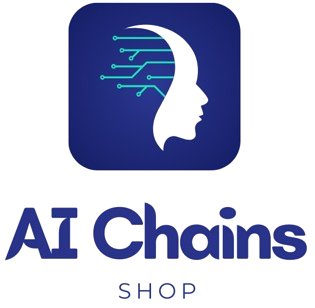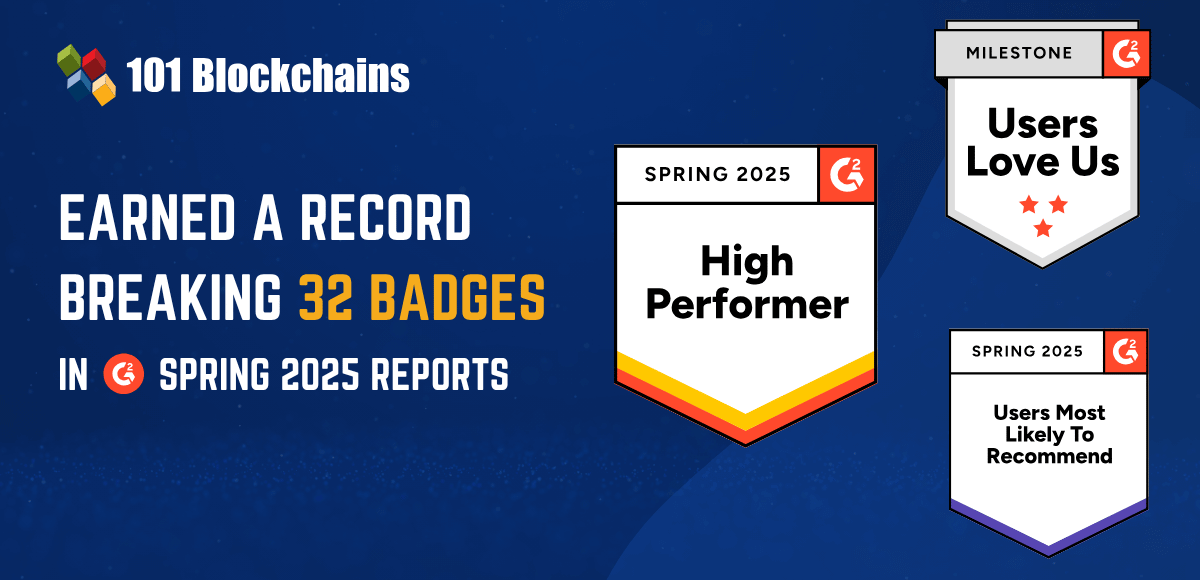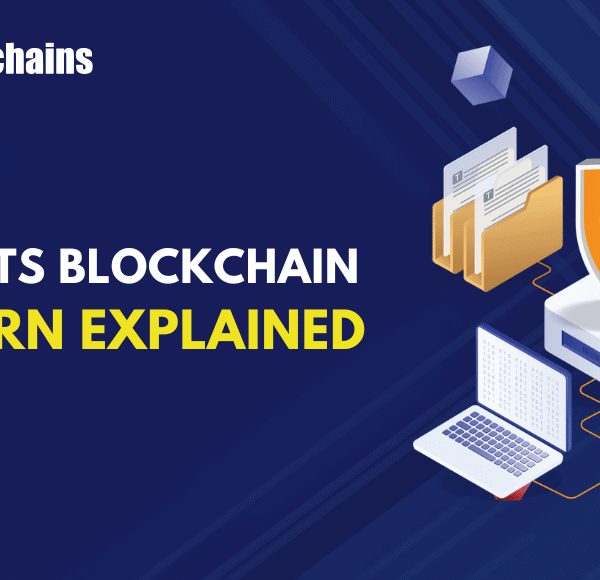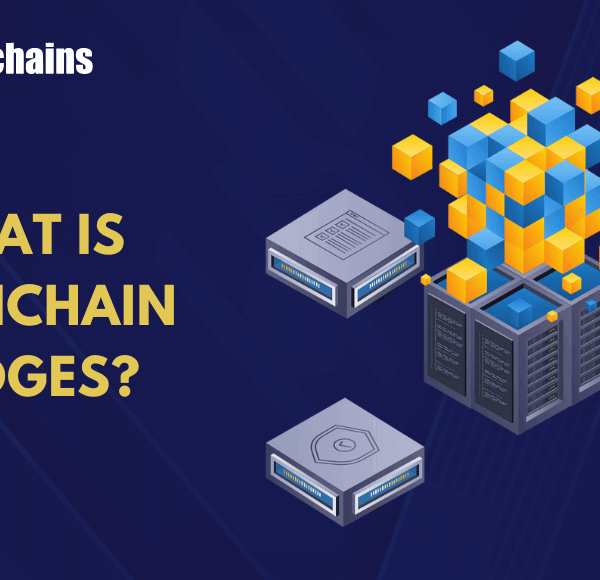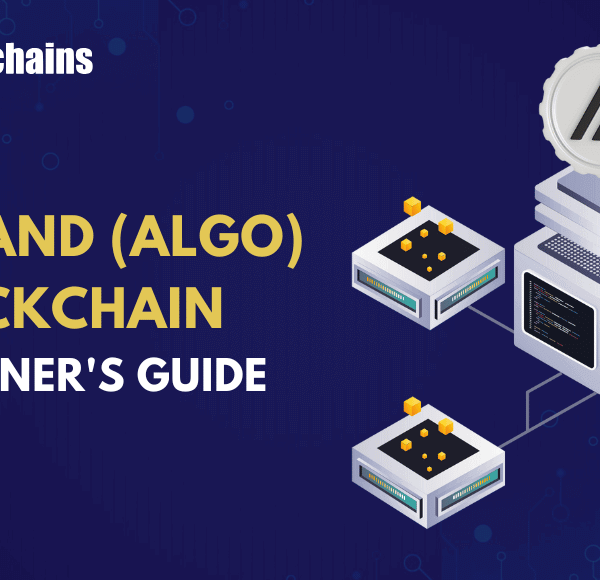How Much Does It Cost To Build A Metaverse? A 2025 Breakdown
The numbers are staggering—estimates show that building a basic 3D multiplayer metaverse for online gaming in 2025 could require an investment of at least $500,000 to $1 million, while a fully-fledged, enterprise-grade social platform might exceed $100 million. That’s not just a cost—it’s a strategic leap into the digital frontier. If your business is contemplating the metaverse, understanding the precise cost to build a metaverse is mission-critical.
Whether your goal is gaming, social interaction, e-commerce, digital real estate, healthcare, or immersive online learning, the budget to create a metaverse platform varies immensely. What drives these investments? How do factors like 3D design, blockchain, server hosting, and ongoing platform maintenance weigh on your virtual world development expenses? Let’s break down the numbers, dispel the jargon, and arm you with insights to make informed decisions—and avoid costly missteps.
What Is a Metaverse (and Why Does It Cost So Much to Build)?
At its core, a metaverse is a persistent, shared virtual world—tailored for real-time interaction, commerce, entertainment, and collaboration. Think of it as a digital twin to our physical world, only with programmable rules and boundless creative possibilities.
There’s a reason that the cost to build a metaverse is dramatically higher than, say, launching a simple website or mobile app:
- True immersion demands intricate 3D modeling, lifelike avatars, real-time rendering, and advanced AI.
- Interactivity means handling thousands or millions of users at once—across devices.
- Security and digital ownership require blockchain, smart contracts, and ongoing compliance.
Let me explain this further: launching a metaverse is a bit like planning a city from scratch. Are you building a single block, or an entire urban sprawl? The decisions you make early on set both your scope and your spend.

The 2025 Metaverse App Pricing Breakdown by Industry
How much does it really cost to create a metaverse platform in 2025? The answer depends greatly on your industry and vision. Below, you’ll find a data-driven metaverse app pricing breakdown to help put things in perspective.
| Industry | Basic | Advanced | Enterprise/Immersive |
|---|---|---|---|
| Online Gaming | $500k – $1M | $5M – $10M | $10M+ |
| Social Media | $1M – $2M | $50M – $100M | $100M+ |
| Real Estate | $2M – $5M | $20M – $50M | $100M+ |
| E-commerce | $70k – $500k | $500k+ | – |
| Healthcare | $80k – $1M | $50M – $200M | – |
| Education | $5M – $30M | $30M – $150M | – |
Source: Industry data compiled from leading metaverse consultants and published market research (see links above).
A few observations: social metaverse projects scale rapidly in cost as you move from a basic text-based platform to advanced, feature-rich immersive experiences. Similarly, virtual real estate and education demand enormous capital once you aim for city-scale environments.
The Anatomy of Metaverse Project Cost Estimate
What really makes up your metaverse project cost estimate? To put it simply, it’s not just about development hours. Here are the main cost layers you’ll need to budget for:
1. 3D Modelling and Design
- Assets Creation: Every avatar, building, and object must be crafted—often by highly specialized artists.
- Environment Rendering: High-resolution visuals demand significant time and technical expertise.
- Animation & Interactivity: Lifelike movements and real-time response increase both complexity and cost.
2. Blockchain Integration and Smart Contracts
- Digital Ownership: Blockchain underpins NFTs (non-fungible tokens) for unique items and land.
- Payment Systems: Secure, transparent value transfer (often using crypto) requires diligent smart contract development.
- Compliance & Security: Ongoing reviews, updates, and security audits are a must.
You might wonder, “Do I need blockchain for my metaverse?” The answer is: if your users will trade, own, or invest in digital goods, it’s essential. For closed environments—think private training grounds—it may be overkill.
3. Server Hosting, Infrastructure, and Scalability
- Cloud Hosting: Robust resources (compute, storage, bandwidth) to handle concurrent users.
- Load Balancing: Smooth performance as user traffic rises and falls—nobody likes lag.
- Maintenance & Updates: Routine upgrades keep your platform reliable and secure.
4. Content Creation and Gameplay Logic
- Scripting: Defines stories, in-game mechanics, or user behaviors.
- AI Integration: Smart NPCs, personalization, or automated moderation raise both utility and cost.
- User Tools: Editors or builder kits empower users (but bump up development needs).
5. Platform Features and Integration
- Social & Communication Tools: Voice, chat, and friend systems.
- Third-party APIs: Integrating payment gateways, AR devices, or existing apps.
- Analytics Dashboards: Tracking engagement and user behavior for continuous improvement.
6. Ongoing Operations and Platform Maintenance
- Bug Fixes & Patches: Like any app, stuff breaks—fast response is key.
- Content Moderation: Preventing abuse and managing digital rights is a 24/7 job.
- Customer Support: Human (or at least responsive) help for your users.
In summary: The bulk of your virtual world development expenses may be invisible to end users, tied up in ongoing work. Don’t overlook this—it’s where true business sustainability lies.
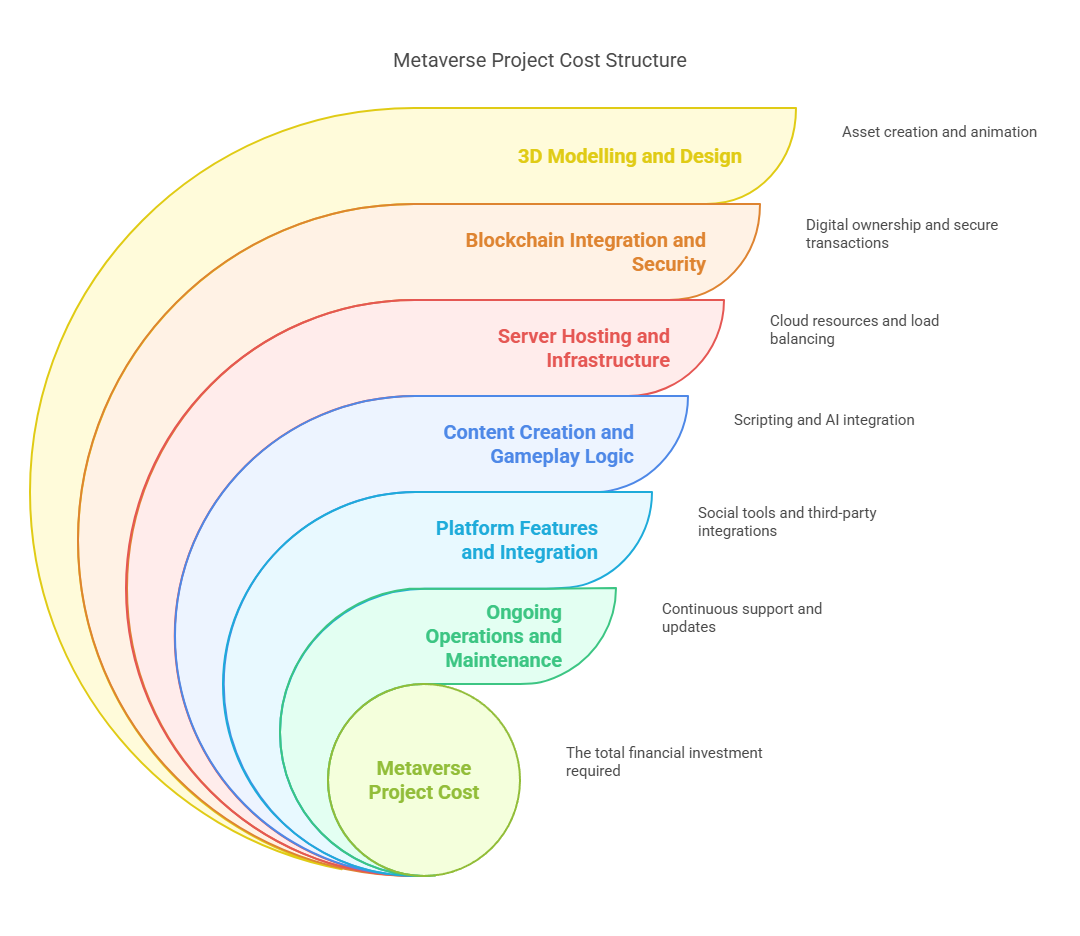
Key Factors Influencing the Cost to Build a Metaverse
So, what will ultimately decide your project’s price tag? Here are the biggest variables:
Scope and Complexity
The more expansive your world, the higher the cost to build a metaverse. Are you after a few custom rooms, or a sprawling, explorable city? Each interactive element, user role, or gameplay mechanic compounds both time and spend.
Design Quality and Immersive Experience
- Basic: Minimalist visuals, static objects, and template-based assets keep budgets tight.
- Premium: Photo-realistic environments and dynamic weather? That’s a different (and pricier) story.
User Base and Scalability
Starting small? Cloud-hosted architecture can scale as you grow, controlling initial expenses. Targeting millions? You’ll need serious upfront investment in backend engineering and distributed servers.
Security & Compliance
Especially for metaverse e-commerce, finance, or health applications, compliance (GDPR, KYC/AML) isn’t optional. Actually, regulatory changes can shift costs overnight—always budget extra for compliance reviews.
Platform Integrations
Connecting your metaverse to existing tools (like CRMs or AR/VR devices) widens your audience but adds complexity—and cost.
Smart Contracts and Blockchain Choice
Choosing between blockchains (Ethereum, Polygon, Solana) is crucial. Each comes with different transaction fees, performance, and developer costs. Something often missed: changing chains midstream is rarely painless, so research early.
Device and Platform Support
Will users access your virtual world through VR headsets, mobile devices, or standard browsers? Building for each platform adds additional development time and compatibility checks.
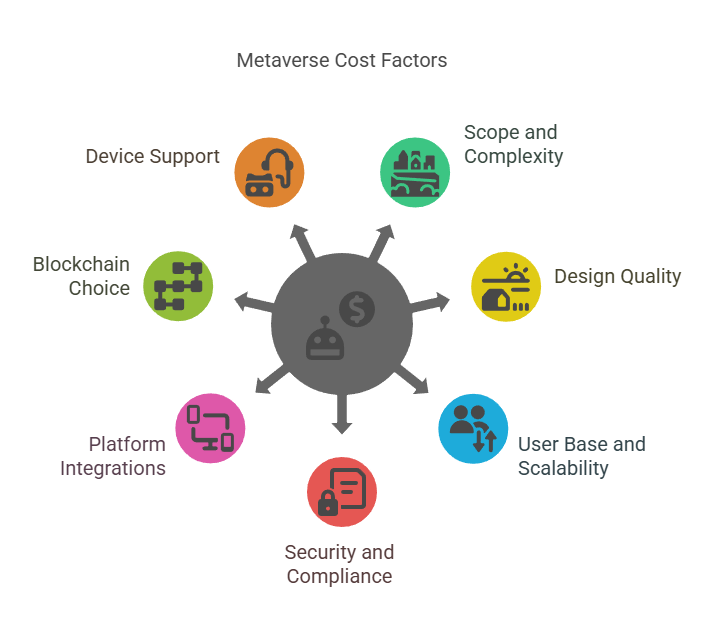
Step-by-Step: Creating a Realistic Metaverse Project Cost Estimate
Ready to build your own metaverse (or at least estimate what it’ll cost)? Here’s a practical approach:
- Define Your Project Scope
- What’s your MVP (minimum viable product) for launch?
- How many users are you targeting at launch and post-scale-up?
- What core features are must-have vs. nice-to-have?
- Break Down Technical Requirements
- Select Architecture & Technology Stack
- Which engine? (Unity, Unreal, or a custom build?)
- Cloud or on-premise infrastructure?
- Preferred blockchain protocol?
- Identify Required Personnel
- 3D artists, backend/frontend engineers, blockchain developers
- UI/UX designers, QA testers, project managers, legal experts
- Request Vendor Quotes or Build In-House
- Get detailed estimates with line-by-line breakdowns.
- Factor in ongoing operational costs and updates.
- Plan for the Future
- Leave room for scale-related upgrades, compliance updates, or new hardware compatibility.
- Set aside contingency (unexpected bugs, staff shortages, market changes).
A quick example: let’s say an education provider wants to launch a virtual classroom metaverse with basic avatar features and limited 3D interaction. Their metaverse project cost estimate for a beta launch might look like this:
- 3D Asset Design: $400,000
- Backend Development: $300,000
- Content Creation & Scripts: $200,000
- Blockchain Integration: $100,000
- Cloud Hosting (first year): $100,000
- QA & Compliance: $50,000
- Operational Costs (first year): $150,000
- Contingency: $50,000
Total: $1,350,000 (for an MVP)

Real-World Implementation Challenges (and How to Navigate Them)
Building your metaverse isn’t just a technical hurdle—it’s an operational, financial, and strategic gauntlet. Here are some subtle, and sometimes overlooked, challenges businesses face:
- Talent Shortages: Scarcity of experienced blockchain or 3D engineers can balloon timelines and metaverse app pricing breakdown.
- Vendor Reliability: Partnering with unproven development shops risks both quality and security.
- IP and Digital Rights: Protecting your content from theft, or handling DMCA claims, can produce headaches.
- User Safety and Privacy: Especially in public virtual worlds, content moderation and age verification require ongoing vigilance.
One tip from experience? Start with a focused pilot or “land rush” event to test the core mechanics and backend stability, then iterate. Throwing money at every feature on day one rarely pays off; user feedback should inform your priorities.
Cost-Saving Strategies for Metaverse Development
Yes, the cost to build a metaverse can feel daunting. But savvy planning and strategic choices can trim expenses:
- Focus on MVP: Launch with essential features, expanding as traction grows.
- Reusable Assets: Use modular 3D components and templates rather than bespoke design everywhere.
- Open-source Libraries: Leverage open standards and frameworks (with caution—security must be vetted).
- Partner with Experienced Vendors: Shop for agencies or freelancers who’ve shipped real-world metaverse products before.
- Global Talent Sourcing: Tap into distributed development teams to optimize labor costs.
And here’s a less obvious point: sometimes, investing more upfront in robust infrastructure and security pays off by avoiding crippling outages or data breaches that can cost far more than you save.
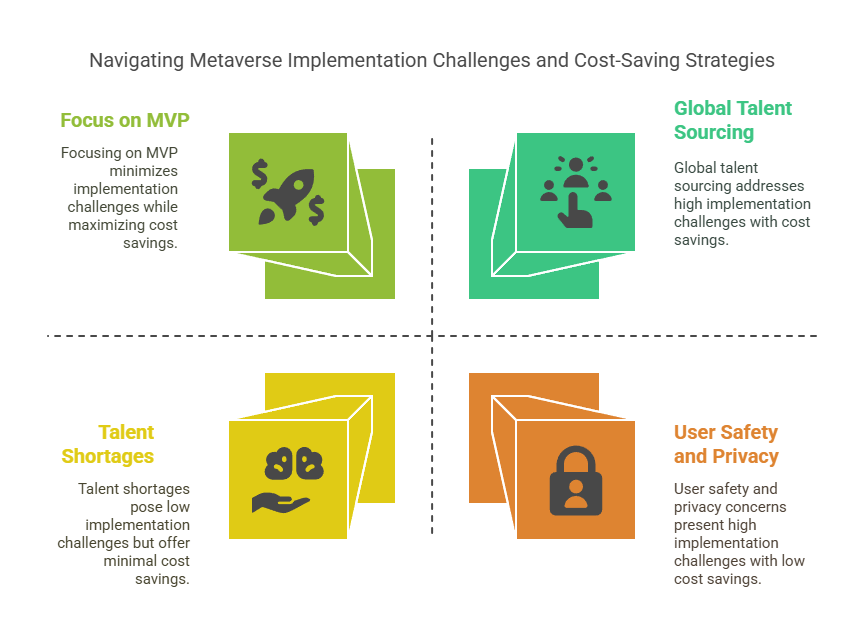
Frequently Asked Questions about Metaverse Development Cost 2025
Q1: Why does the cost to build a metaverse vary so much between industries?
Because each sector has its own set of required features, security and compliance needs, and visual/story complexity. A shopping metaverse is nothing like a simulated healthcare environment—or an AR-enabled gaming universe.
Q2: How can I accurately forecast virtual world development expenses for my company?
Begin with detailed requirements, request competitive bids from proven vendors, and always include a comfort buffer for the unforeseen.
Q3: Should I build or buy metaverse components?
If you’re tight on time and budget, white-label metaverse frameworks can be a shortcut—just beware, customization options may be limited.
Conclusion: Investing Wisely in the Future of Digital Experiences
The race to create the next iconic virtual world is already well underway—and those who misjudge the true cost to build a metaverse risk sunk investments or missed opportunities. By grounding your plan in a clear metaverse project cost estimate, factoring in both visible and invisible expenses, and navigating the nuances of 3D design, blockchain integration, and ongoing maintenance, your business stands ready to stake its claim in the digital frontier.
Building a metaverse is less a sprint and more a marathon—so break your vision into stages, keep a close eye on operational realities, and always focus on delivering actual user value.
Curious about how to tailor a plan for your industry? We’re always here for strategic guidance. Tap into our world-class expertise and let’s chart your path into the metaverse—one smart decision at a time.
I am the CEO and founder of Blocktech Brew, a team of blockchain and Web 3.0 experts who are helping businesses adopt, implement and integrate blockchain solutions to achieve business excellence. Having successfully delivered 1000+ projects to clients across 150+ countries, our team is dedicated to designing and developing smart solutions to scale your business growth. We are focused on harnessing the power of Web 3.0 technologies to offer world-class blockchain, NFT, Metaverse, Defi, and Crypto development services to businesses to help them achieve their goals.
